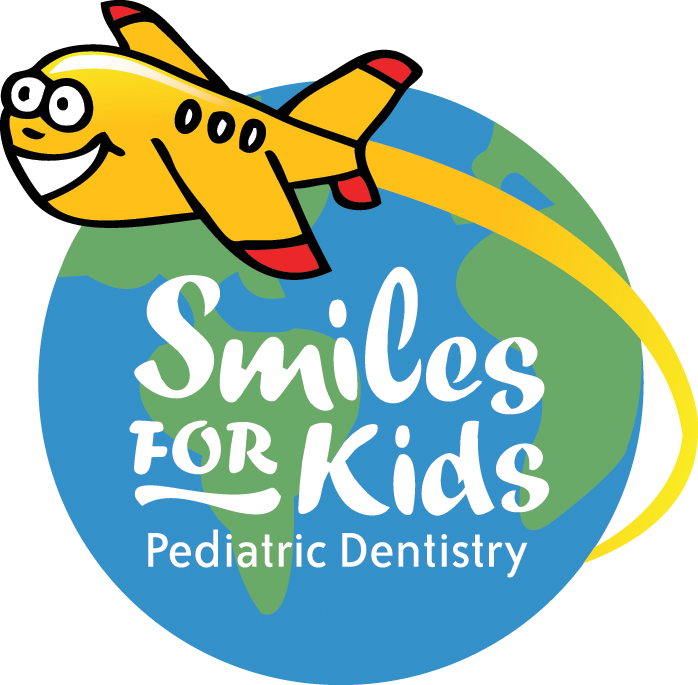CLEFT LIP AND PALATE – Dental and Orthodontic Considerations
/As pediatric dentists we see patients with a variety of health and developmental anomalies. We often support craniofacial teams at various hospitals in Houston as those teams treat patients born with a variety of facial abnormalities including cleft lip and palate, hemifacial microsomia, Crouzon Syndrome, Apert syndrome and Pierre Robin. Some of the treatments for these patients begin with Nasoalveolar Molding (NAM) working with patients born with cleft lip and palate as early as one week of age. In conjunction with the other specialists on the cleft and craniofacial team, we can manage the pediatric dental needs of patients born with craniofacial abnormalities from the time of birth up through adulthood.
A huge part of this effort is trusting the orthodontic teams we work with that treat many patients with an array of different misalignment of the teeth. The orthodontists in local hospitals as well as ones in private practices often treat kids with complex medical and dental needs. Cleft lip and palate can be one of those complex treatments. A cleft occurs when certain structures do not fuse together during fetal development. Clefts can involve only the lip or both the lip and the palate. A cleft lip presents as an opening of the lip on one side or both sides of the face and depending on how severe the cleft is, it may extend up into the nose. A cleft palate is an opening in the roof of the mouth, known as the palate. The average incidence of cleft lip and palate is 1:750 births.
Of the different variations of cleft lip and cleft palate, each individual cleft is treated in its own unique way both surgically and orthodontically. One of the main dental issues with having a cleft is the possibility of missing teeth in the area of the cleft. The common tooth to be missing in the region of the cleft is the lateral incisor. This orthodontic challenge can be overcome with the use of braces either closing the space or making room to replace that missing tooth with a future bridge or implant.
Another issue in patients with cleft lip and palate is that teeth could erupt (come into the mouth) in inappropriate locations. Teeth can be misaligned, rotated and even blocked out and unable to erupt. This can cause problems with brushing, and maintaining excellent oral hygiene becomes a challenge. Team approach between the craniofacial team and a pediatric dentist is extremely important in upholding excellent oral health in these patients. If you have any questions regarding treating dentally complex patients, please don’t hesitate to contact us.
Dr. Lindhorst, Dr. Theriot and our Smiles For Kids Team
